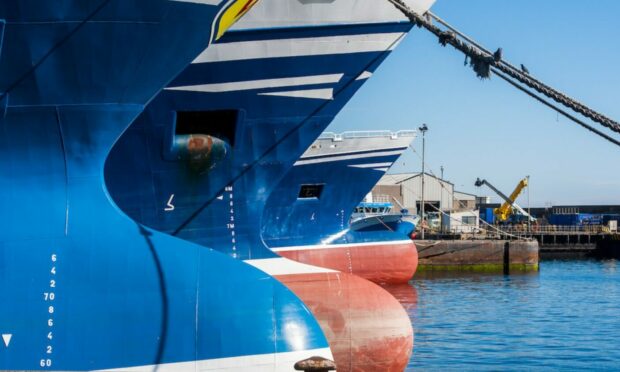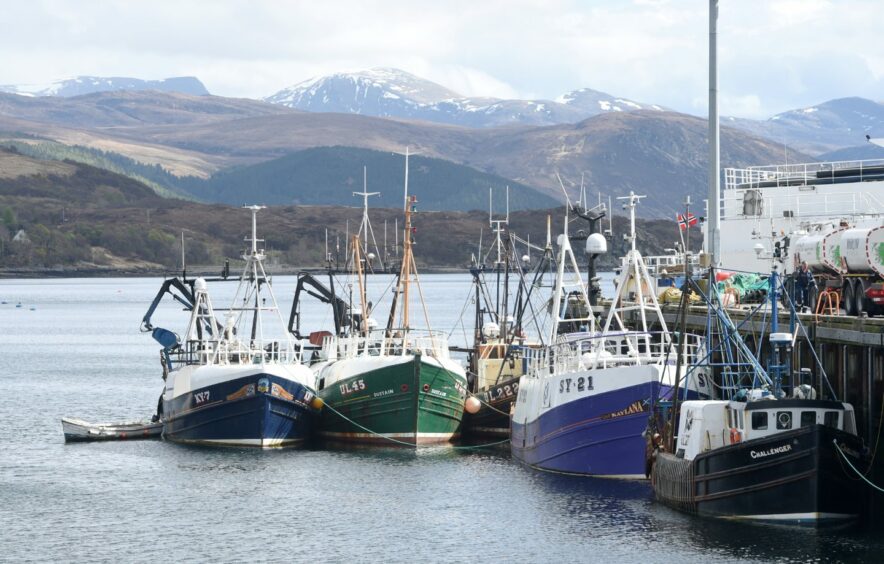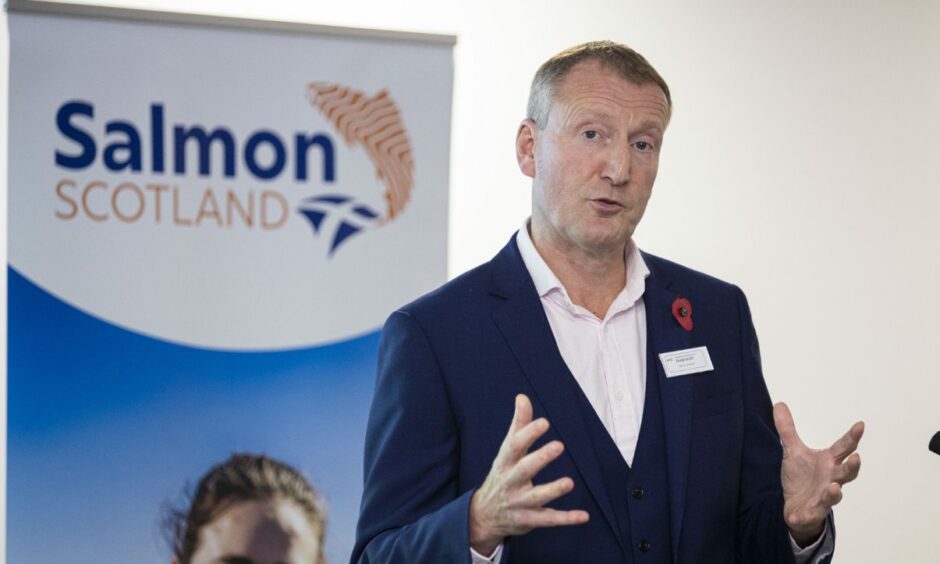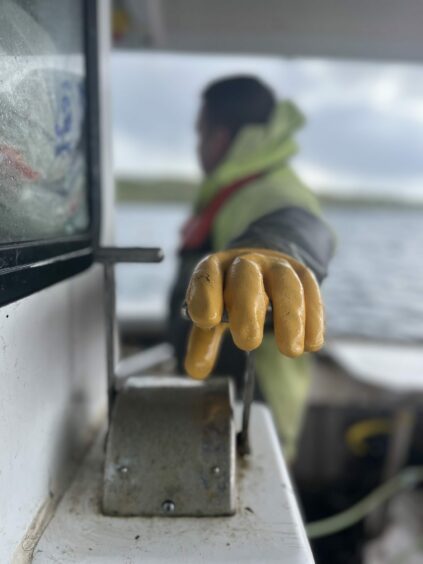Plans to designate swathes of the seas around Scotland as Highly Protected Marine Areas (HPMAs) will cost the country hundreds of jobs and millions of pounds of income, industry chiefs have warned.
Shetland Fishermen’s Association (SFA) and Seafood Shetland have teamed up with salmon and mussel farmers, along with companies in the seafood supply chain, to hammer home grave warnings about the impact of HPMAs.
HPMAs are being driven by politics and pledges, and are devoid of any environmental imperative or scientific backing.”
Daniel Lawson, executive officer, Shetland Fishermen’s Association
They say no account has been taken of the cumulative effect alongside offshore windfarm development – a “spatial squeeze” that could close 50% of Scotland’s waters to fishing by 2050.
And they have described claims that marine tourism can replace the lost benefits of fishing in some of the most inhospitable seas in the world, as well as from aquaculture as “beyond parody”.
Fishing chiefs recently blasted Holyrood for “scandalous” marine policy tantamount to “greenwashing”.
Plans affect 10% of Scottish waters
The proposed HPMAs would close at least 10% of the seas around Scotland.
Scottish Government ministers insist they will conserve marine ecosystems, while continuing to provide economic and social benefits.
But fishers and seafood producers fear the zones will destroy long-established traditional industries “without any evidence they will achieve their conservation aims”.
SFA executive officer Daniel Lawson said: “Fishermen have proven in the past they are not opposed to sensible conservation measures, recognising strong fish stocks and healthy marine ecosystems are in their own interest – and in the wider interest of sustaining our fishing community.
“However, proposals for HPMAs are being driven by politics and pledges, and are devoid of any environmental imperative or scientific backing.”
‘Marine biodiversity is vitally important’
Salmon Scotland chief executive Tavish Scott said: “Marine biodiversity is vitally important, and this can be achieved through responsible stewardship of our seas.
“Simply putting up barriers to companies and preventing responsible management of the sea threatens jobs in fragile coastal communities. It also goes against the government’s stated aim to grow the blue economy, and play our role in tackling global hunger and improving the nation’s health.
“If we reduce our competitiveness, businesses will simply turn their attention to our Scandinavian competitors.”
Mr Scott, a former leader of the Scottish Liberal Democrats, added: “There should be a focus on evidence and balance, and the case has simply not been made for HPMAs.
“Sustainable growth of the Scottish salmon sector is crucial for coastal communities, where the local salmon farm is often at the heart of the community and the main employer, as well as for the wider economy and the Scottish Government’s vision for the country.”
Seafood industry ‘already highly regulated’
Ruth Henderson, chief executive of trade body Seafood Shetland, added: “The aquaculture industry is already highly regulated and has successfully operated in marine protected areas for years.
“We adamantly oppose the introduction of a further protected area that could displace existing operations, with no tangible benefit to the environment.
Share your views on HPMAs in our comments section at the foot of this article
“The seafood industry generates around £650 million into the Scottish economy, provides essential employment in rural areas, and delivers a healthy and highly nutritious protein into the food chain – factors that are often disregarded in the pursuit of vacuous conservation headlines.”
The sector is calling on individuals and organisations to read and respond to a government consultation on the proposals which closes on April 17.
A government spokeswoman said: “We want island communities to thrive and be able to benefit from their huge natural assets.
“We recognise the need to support their sustainable future – that is why we are improving marine protection, a necessity in a climate and nature emergency.
“Highly Protected Marine Areas would allow key species and habitats to restore and recover, benefiting both nature and our economy by making sure there are sustainable levels of fish and other marine products to be derived and benefitted from our seas.”





Conversation